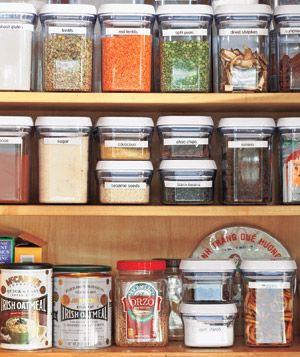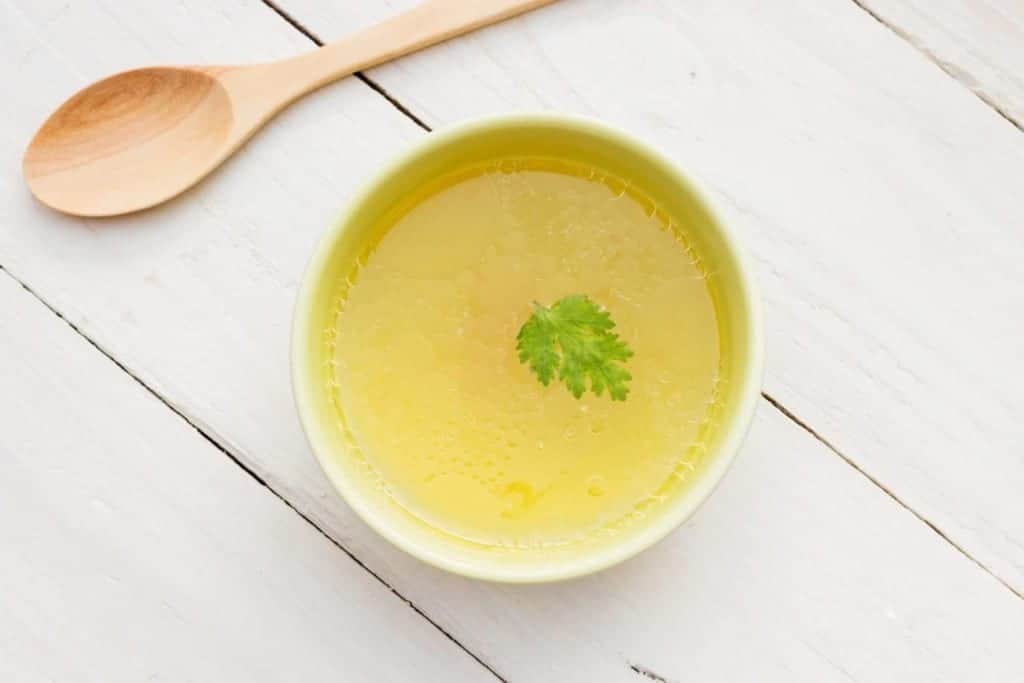A Low FODMAP diet
Sue Shepherd & Peter Gibson developed the low FODMAP diet in 1999. It has been proven that the low FODMAP diet works as an effective symptom management for many suffering from irritable bowel syndrome (IBS). Nowadays, doctors recommend this diet as a dietary therapy for IBS.
FODMAP stands for fermentable oligosaccharides (such as galacto-oligosaccharides and fructans), disaccharides (such as lactose), monosaccharides (such as fructose) and polyols (such as sorbitol, xylitol, mannitol). These components are found in various foods that we eat.
Understanding the difference between IBS and SIBO
Irritable Bowel Syndrome (IBS) is a common gastrointestinal disorder that impacts many people worldwide, and understanding its underlying mechanisms can help demystify some of its most troublesome symptoms. One of the key factors in the development of IBS symptoms involves the mishandling of certain carbohydrates. When these carbohydrates are poorly absorbed in the small intestine, they pass into the large intestine. Here, they become food for the bacteria residing there. The bacteria ferment these undigested molecules, leading to the production of gas. This can result in a range of uncomfortable symptoms such as bloating, pain, and alterations in bowel habits, which are hallmark signs of IBS.
However, it's important to differentiate these occurrences from those caused by Small Intestinal Bacterial Overgrowth (SIBO), a condition that might mimic IBS and can be considered a common root cause. SIBO occurs when there is an abnormal increase in the bacterial population in the small intestine, including the presence of bacteria types that are not usually found in that segment of the digestive tract. This excessive bacterial growth can disrupt the normal digestive and absorption processes, leading to symptoms that overlap with IBS, including bloating, diarrhoea, and abdominal pain.
Understanding these distinctions is crucial, not only for accurate diagnosis but also for effective treatment. While IBS is generally managed through dietary changes, stress management, and supplements that target specific symptoms, SIBO is primarily treated with antimicrobial herbs or antibiotics to reduce bacterial overgrowth. Recognising whether symptoms are due to IBS or SIBO can significantly influence the management approach and lead to better outcomes for those suffering from these distressing digestive issues.
Common Symptoms of IBS
Irritable Bowel Syndrome (IBS) is a common disorder that affects the large intestine and can cause a variety of symptoms. Here are some of the common symptoms associated with IBS:
- Abdominal Pain or Cramping - Often relieved by passing a bowel movement.
- Bloating - A feeling of gassiness or swelling in the gut.
- Gas - Excessive flatulence.
- Diarrhoea - Frequent, loose, watery stools.
- Constipation - Difficulty passing stools, often resulting in hard or lumpy stools.
- Alternating Diarrhoea and Constipation - Some people may experience both.
- Mucus in the Stool - A clear, white, or yellow secretion may appear in the stool.
- Urgency to Defecate - A sudden, urgent need to go to the toilet, which may be difficult to control.
The intensity of these symptoms can vary, and they may be triggered or worsened by factors like stress, diet, or hormonal changes.
Foods that contain FODMAPs
Below is a breakdown of common FODMAPs and the foods in which they are typically found, helping clients in my IBS clinic navigate dietary choices to alleviate symptoms.
Fructose:
- Fruits: Apples, pears, mangoes, watermelons
- Other: Honey
Fructans:
- Vegetables: Artichokes, spring onions, garlic, shallots
- Grains: Barley, wheat, rye
Lactose:
- Dairy Products: Ice cream, milk, custard, commercial yoghurt, dairy desserts
- Cheeses: Soft cheeses such as cottage cheese and ricotta
Galactooligosaccharides (GOS):
- Legumes: Chickpeas, lentils, kidney beans, baked beans
Polyols:
- Fruits: Apricots, pears, cherries, apples, avocados
- Other: Mushrooms, prunes
Low FODMAP Diet Foods:
- Vegetables: Enjoy a variety of gut-friendly options such as carrots, cucumbers, potatoes, lettuce, and an assortment of leafy greens.
- Fruits: Opt for easy-to-digest fruits including bananas, passion fruits, pineapples, lemons, and oranges.
- Protein Sources: Incorporate a range of proteins like chicken, eggs, various types of fish, shellfish, and a selection of nuts and seeds.
- Grains: Choose gentle-on-the-stomach grains such as rice, oats, quinoa, and buckwheat.
These food choices can help manage symptoms and provide nutritional balance in a low FODMAP diet, aimed at reducing gastrointestinal discomfort. There are restrictions on quantities of some of these foods though, so obtaining professional advice is advised.
A low FODMAP diet
When I take someone through a FODMAP elimination diet they usually feel the benefit within a couple of weeks, sometimes a couple of days. If you are suffering from IBS, switching to a low FODMAP diet to work out if it reduces your symptoms is worth trying. This diet is divided into 2 phases. In the first phase of the diet, you will strictly avoid consuming any foods that are rich in FODMAPs. The duration of the first phase is up to six weeks depending on how you respond.
Ideally you should consult with a nutritionist before beginning the second phase as reintroducing the FODMAP groups needs to be done in a specific and measured way to get the most useful results for you.
IBS Support & the low FODMAP diet
Since many dietary changes are involved in a low FODMAP diet, it's important to get support from a Monash Certified Nutritionist. It is designed as an elimination diet and not a long-term diet due to its restrictive nature.
Working together, we may also discover that the root cause of your IBS symptoms is SIBO or another treatable factor. Addressing the underlying causes of IBS is key to my Gut Fix Program. There are 7 steps to work through to identify and address the causes and contributing factors of your IBS treatment. For more information about the 7 steps click below.


